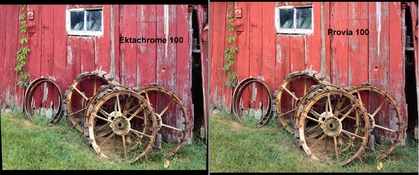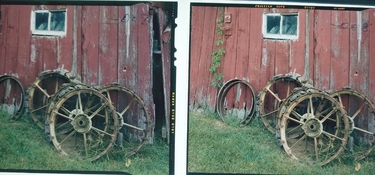Parker - Why would any fashion photographer choose Velvia to begin with? It has poor neutrality and certainly doesn't flatter many complexions. That's the kind of studio application Astia was designed for, the opposite end of the selection scale from Velvia. It was far more neutral and more evenly hue balanced - the best ever, in fact. I even used it for making precision internegs from chromes; Velvia and even Portra would be worthless for that.
You just made an argument why polarizers increase contrast rather than decrease them. I have plenty of pola experience in art copy work, and know what it does. I gave up on them in the field half a century ago - didn't care for the look. I relish natural sparkle and reflections just as I see them.
Find me a name brand ND grad set, and I'll tell you every example that particular outdoor photo guru himself made that way looks ridiculous. I guess if you were somewhere with a perfectly even horizon like the ocean or prairie with no trees or mountains on the skyline, you might get away with it; but few do. It's far simpler to select a film better matched to the scene contrast range to begin with. I'm not being arrogant, just honest.
Do you have any experience with earlier E-6 films like generation I or 2 Provia (I think it's now 4th generation), or old Ektachrome 64? - those pulled way better, but if too much, more than half a stop, risked highlight crossover. The newer fine-grained "F" versions lost most of that ability (though gained certain other advantages). And a lot of pros did complain. That's been known for a long time cross-platform, between mfg, labs, and end users, but apparently not by those beginning in the past 20 yrs or so, unaware of the transition.
But you'd better adapt to current Ektachrome, at least in parallel. Fuji's commitment to color film is questionable at this point. Or hoard plenty of your favorite film in your freezer.





 .
. ).
).



